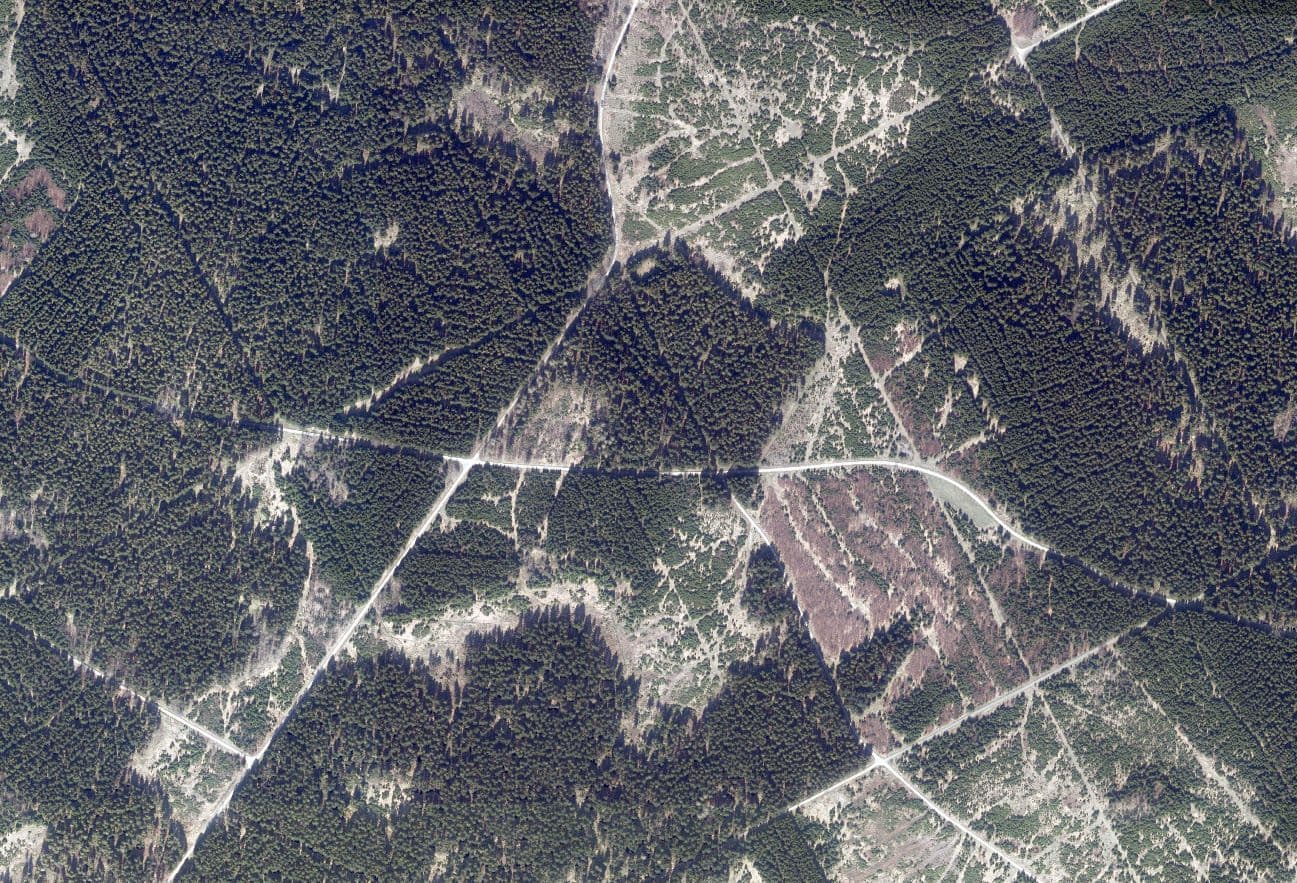Project Description and Activities
The Schlegel project is converting 471 hectares of spruce monoculture in Thuringia into a future-proof mixed forest over a project period of 30 years.
Project activities such as the promotion of natural regeneration, the planting of new species and other activities listed on the right make the forest more resilient to the consequences of climate change such as storms, drought and beetle infestation.
Project activities
Impressions of the project
Why we need forest adaptation
Beetle infestation
Prolonged drought weakens trees, which can then no longer adequately protect themselves against bark beetles and other infestations. As the trees are close together, a beetle infestation can easily spread to the entire forest and destroy large areas of it.
Storms
Forest areas with many tall and thin trees are more susceptible to storm damage (so-called windthrow). If, in addition, most of the trees in a section of forest are the same height, storms can lead to the loss of entire forest sections.
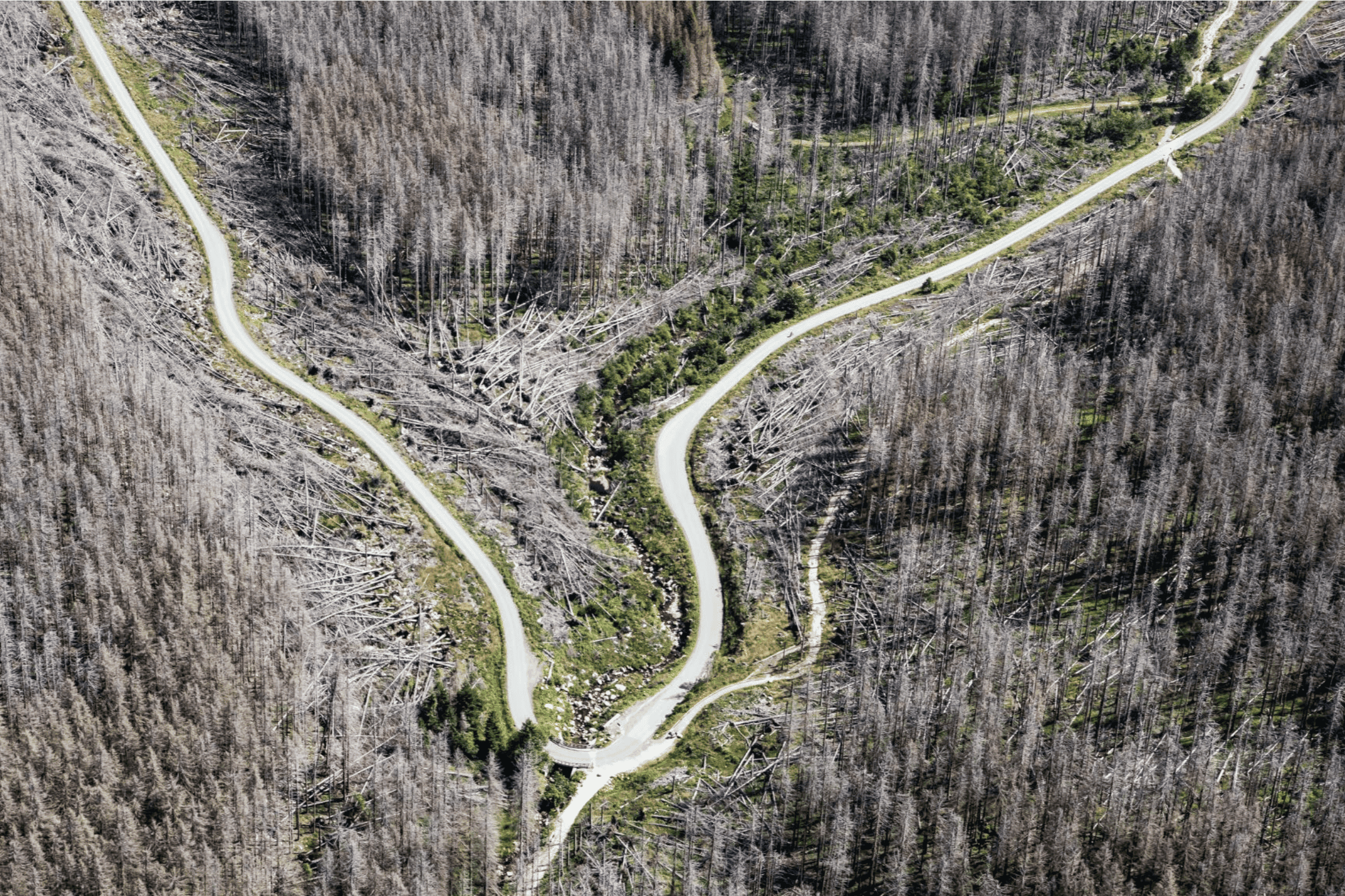
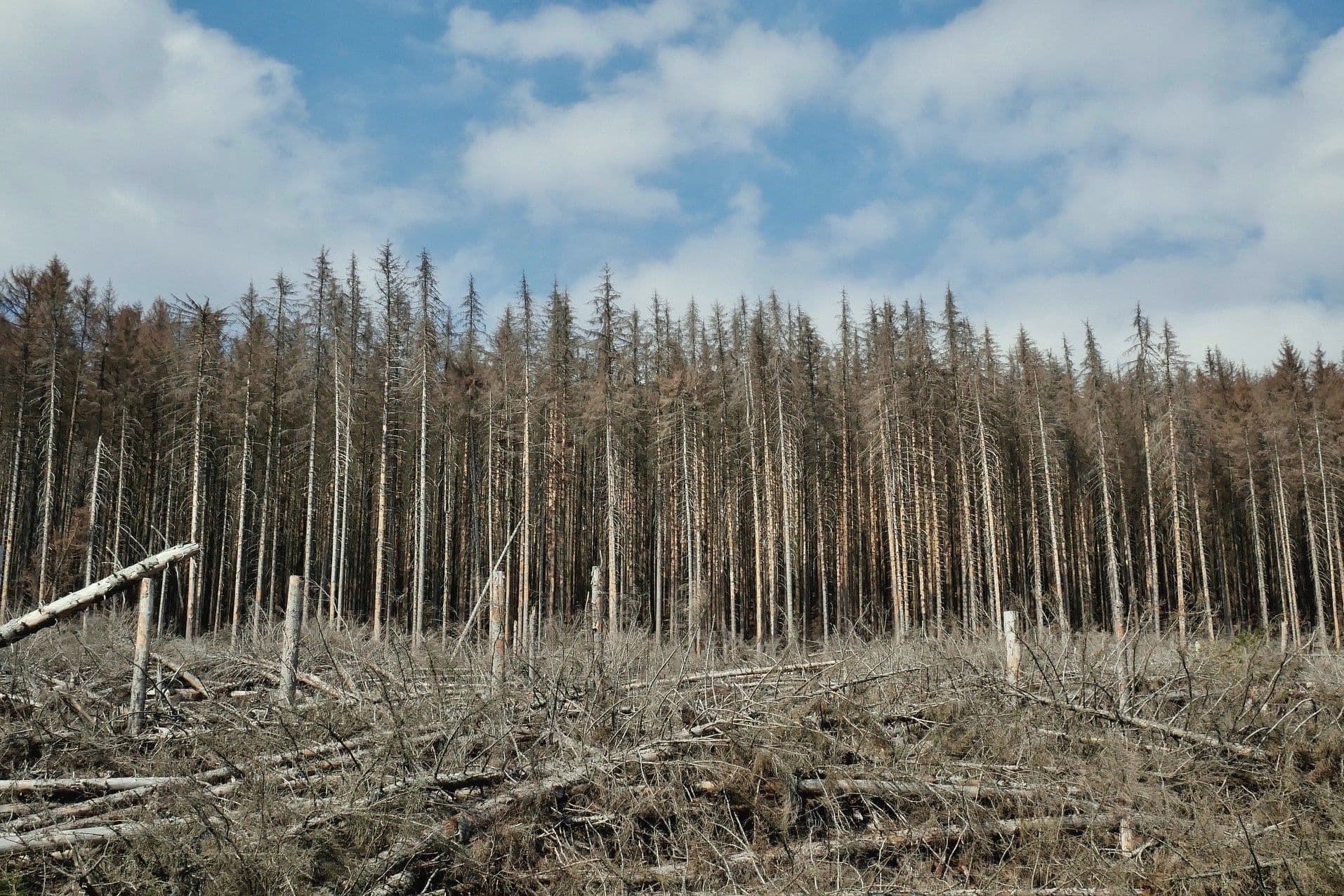
Impact of the project
Species distribution at project start
Number of main tree species
Biodiversity Index
Contribution to the UN SDGs

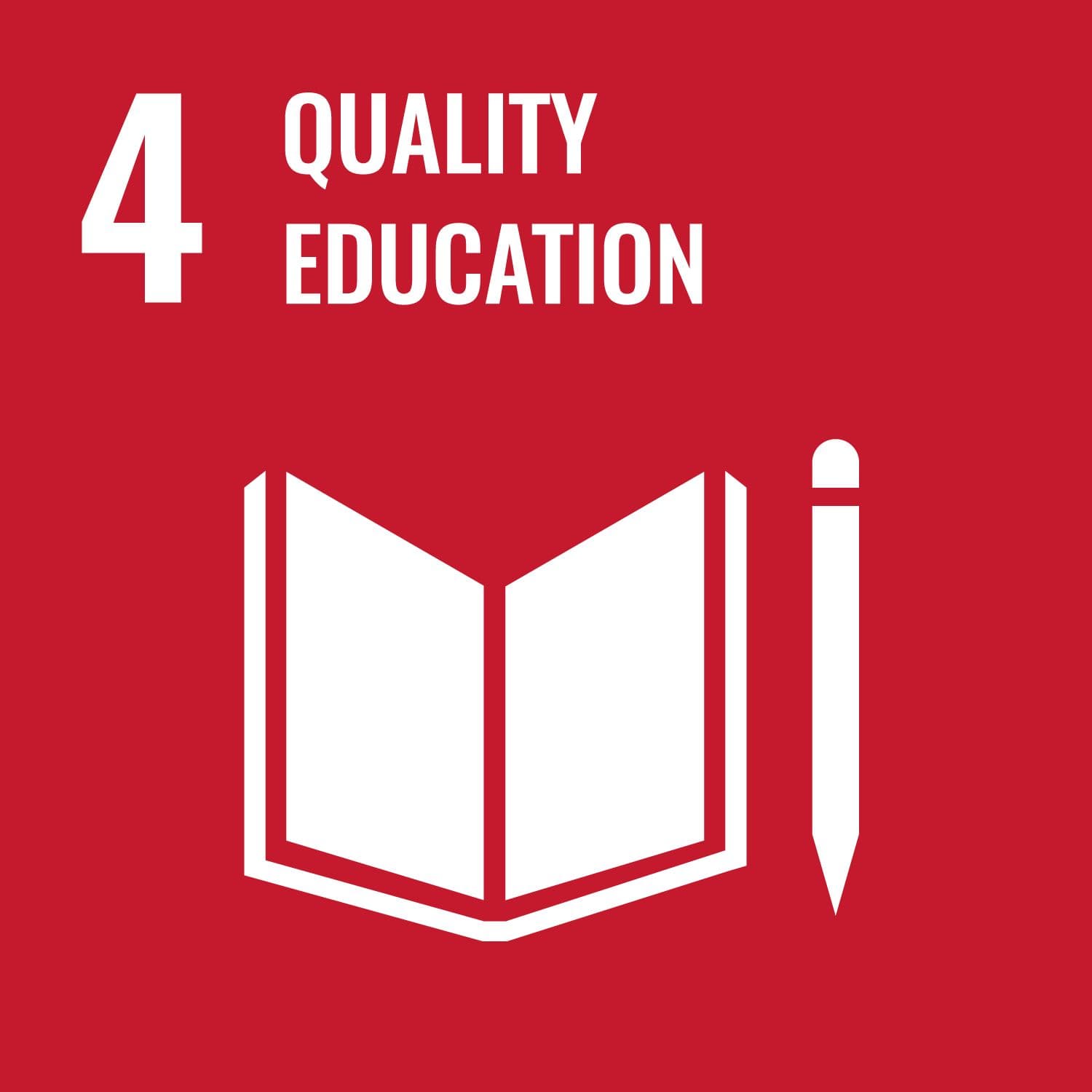
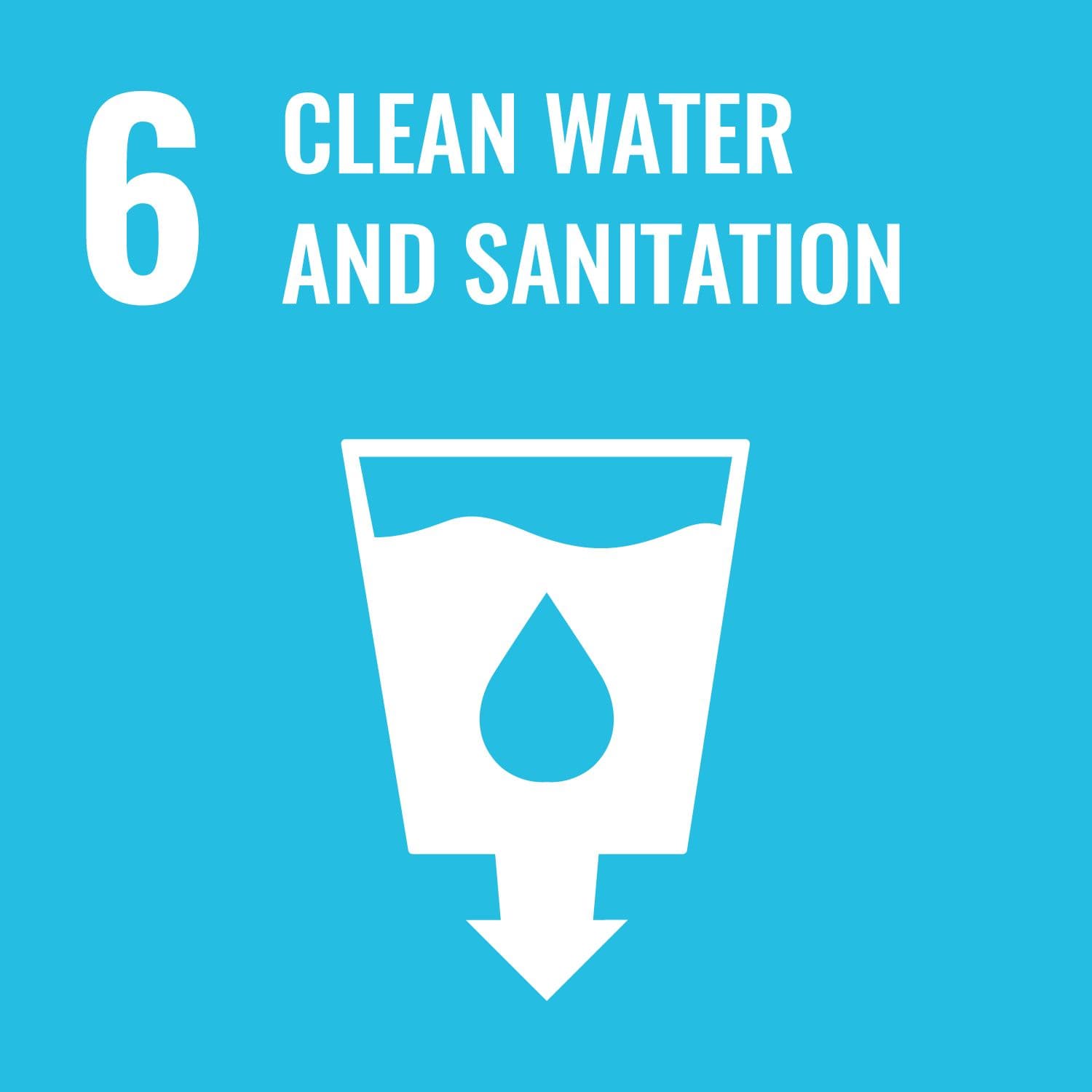

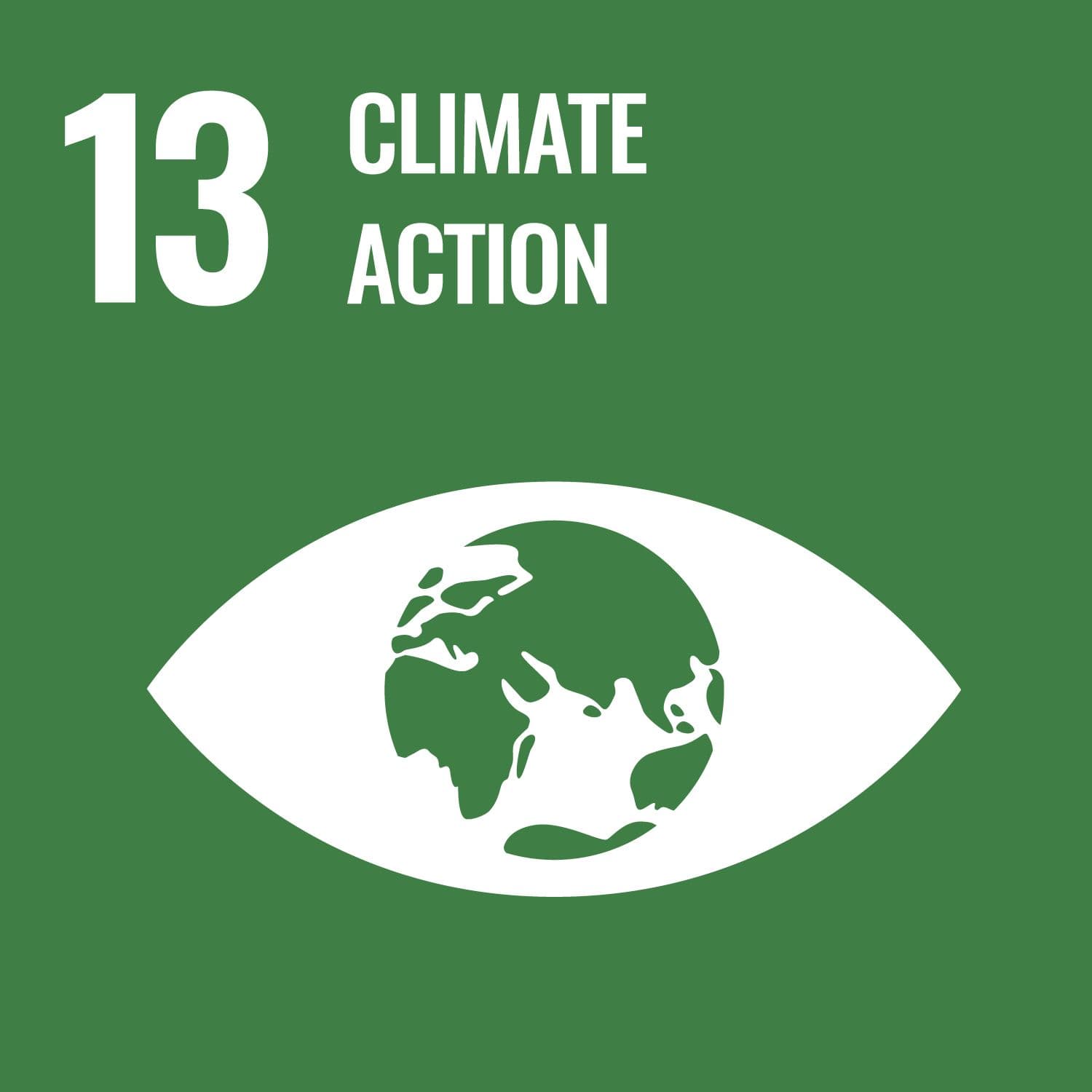
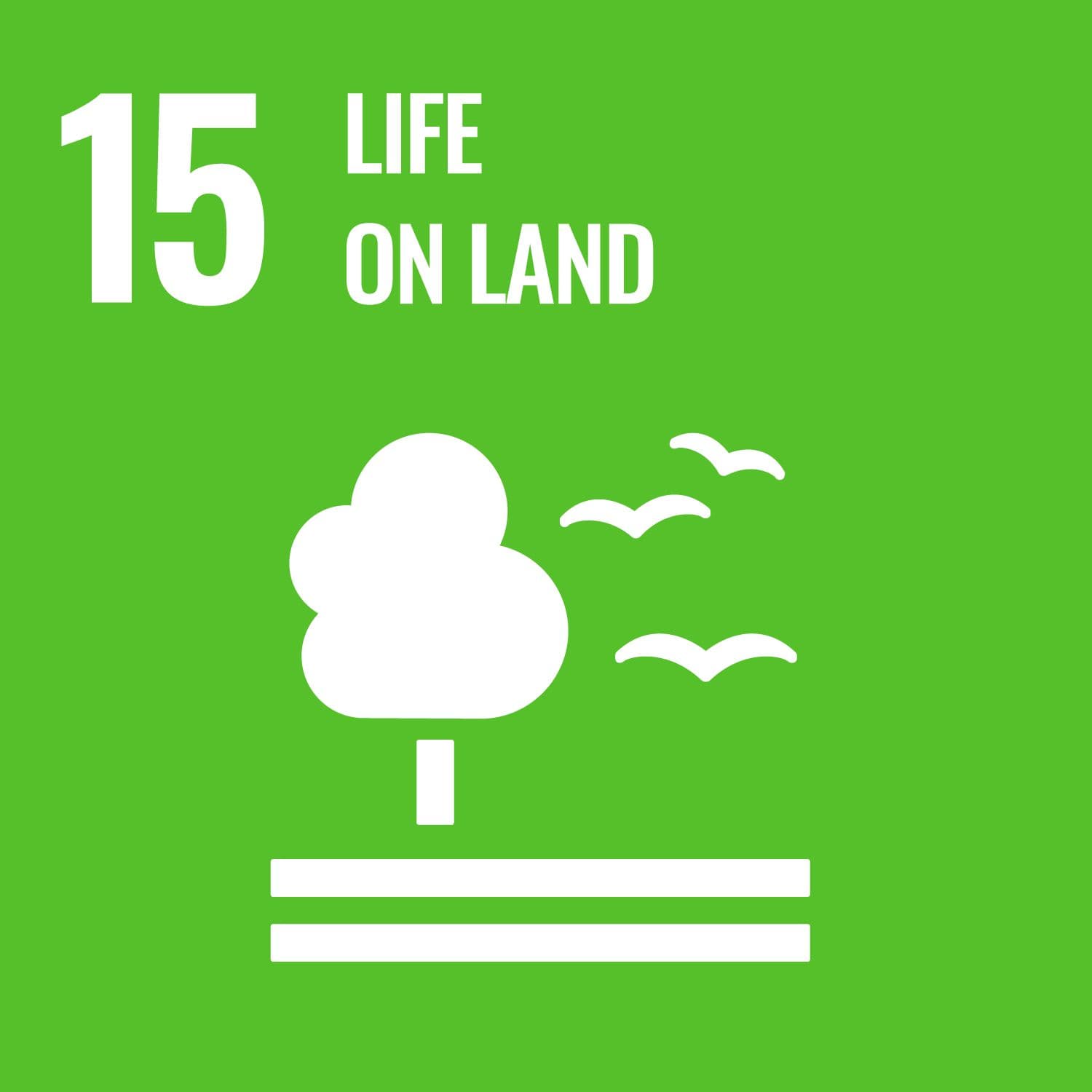
The Project Team
Maximilian von Rotenhan
"With Pina Earth, concepts are being created that are designed for the long term and bring about effective change in relation to climate change. For us, the Schlegel project specifically represents the opportunity to transform a monoculture into a mixed forest and thus counteract climate change."

Maximilian von Rotenhan
CEO of the BOSCOR Group, our implementation partner for the project Schlegel

Ronja Wolf
from Pina Earth is overseeing the project from the quantification and certification side. This includes, for example, the simulation of the development of the forest over the next 30 years. Find out more here.

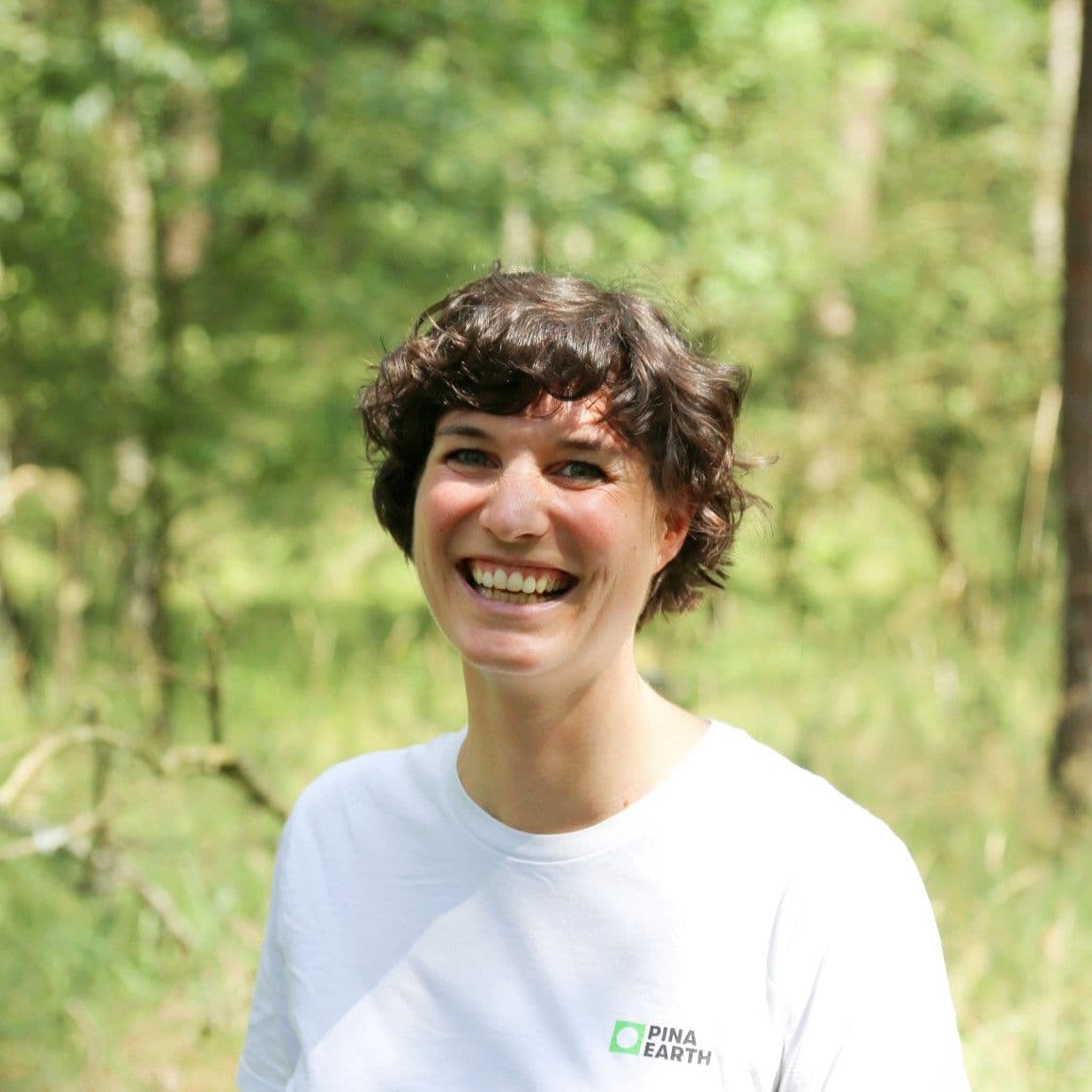
Project updates
2/10/2025
Partner support for the project
Many companies are supporting the Schlegel project. One of them is the social business Polarstern. Since 2023, Polarstern has been supporting the conversion of more than 35,000 m² of forest in a long-term partnership.

4/25/2024
Planting
By the end of 2023, 3,000 Douglas firs and silver firs had been planted on the project area. The measure serves as a useful supplement to the ongoing natural regeneration.
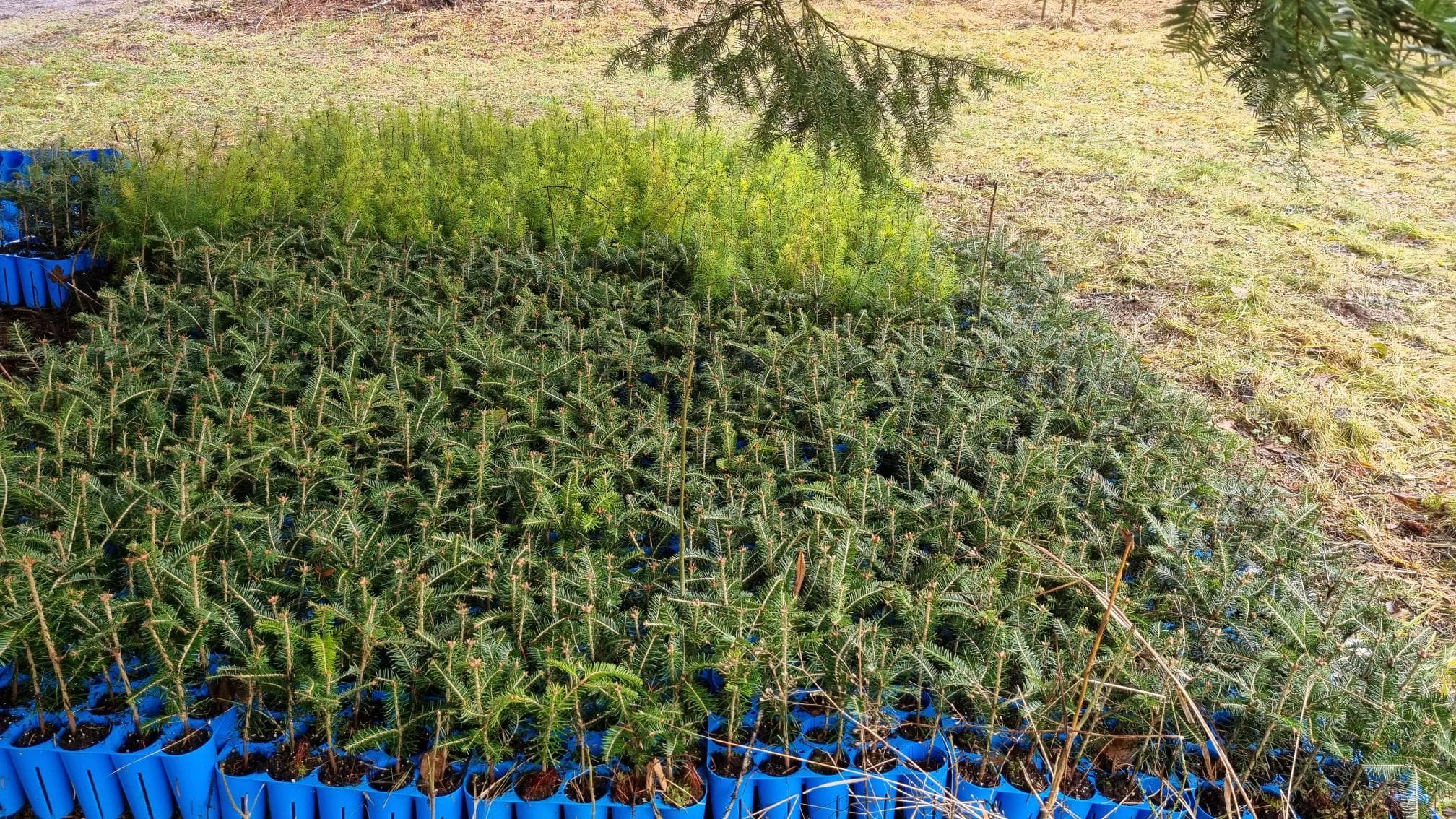
5/8/2023
Successful Third-Party-Certification
After a site visit in the summer of 2022, the project has now been successfully audited by TÜV Nord Cert according to ISO 14064-2, making it the second certified forest adaption climate protection project in the world.
1/1/2022
Project start
With the beginning of the year, the forest adaptation project was initiated. Throughout the year, the focus is mainly on reducing stock by harvesting trees to create light and space for new young trees. In addition, wildlife management is being adjusted to provide more opportunities for natural regeneration.
7/1/2021
Data gathering conducted
In the summer of 2021, terrestrial data on individual trees and airborne multispectral images and LiDAR data were collected from an ultralight aircraft.
Pina Earth used this data to create a digital twin of the forest, which formed the basis for the project.
